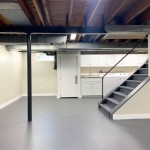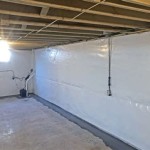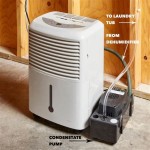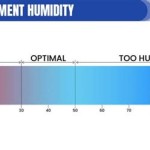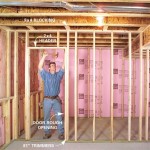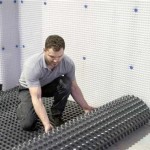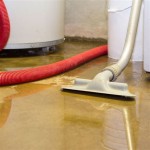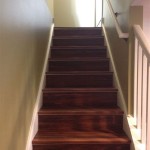Is Mold in My Basement Dangerous?
Mold is a type of fungus that thrives in damp, humid environments. It can grow on a variety of surfaces, including wood, drywall, and insulation. Mold spores are always present in the air, but they only become a problem when they find a suitable place to grow. In basements, mold can be a particular problem because they are often dark, damp, and poorly ventilated.
Not all mold is dangerous. Some types of mold, such as Aspergillus and Penicillium, are common and relatively harmless. However, other types of mold, such as Stachybotrys chartarum (black mold) and Fusarium, can produce toxins that can be harmful to human health.
Mold exposure can cause a variety of health problems, including:
- allergic reactions
- asthma
- respiratory infections
- skin irritation
- eye irritation
- headaches
- fatigue
- memory problems
- concentration problems
In some cases, mold exposure can even lead to serious health problems, such as:
- pneumonia
- bronchitis
- chronic obstructive pulmonary disease (COPD)
- interstitial lung disease
If you suspect that you may have mold in your basement, it is important to have it tested by a qualified professional. Mold testing can determine the type of mold present and the extent of the contamination. Once the mold has been identified, you can develop a plan for removing it safely and effectively.
Removing mold from your basement can be a challenging task, but it is important to do it correctly to protect your health and the health of your family. Here are some tips for removing mold from your basement:
- Identify the source of the moisture and fix it. Mold cannot grow without moisture, so it is important to identify and fix the source of the moisture in your basement. This may involve repairing leaks, improving ventilation, or using a dehumidifier.
- Remove any moldy materials. Once you have identified the source of the moisture, you can begin to remove the moldy materials. This may involve removing drywall, insulation, or other materials that have been contaminated with mold.
- Clean the affected area. Once you have removed the moldy materials, you need to clean the affected area thoroughly. This may involve using a bleach solution or a commercial mold cleaner.
- Dry the affected area. Once you have cleaned the affected area, you need to dry it thoroughly. This may involve using a fan or a dehumidifier.
- Prevent mold from growing again. Once you have removed the mold and dried the affected area, you need to take steps to prevent mold from growing again. This may involve improving ventilation, using a dehumidifier, and keeping the basement clean and dry.
If you have any concerns about mold in your basement, it is important to consult with a qualified professional. Mold can be a serious health hazard, so it is important to take steps to remove it safely and effectively.

The Dangers Of Mold In Your Home

Signs You Could Have Black Mold In Basement

How Dangerous Are Common Molds In Your Home D Bug Waterproofing 1 855 381 1528

What You Need To Know About Mold From Basement Flooding

How Moist Basements Can Lead To Basement Mold Ohio Systems

Attic Mold And Basement Are They Dangerous Should You Be Aware Of The Deadly Health Risks Auntiegen Www Auntigen Com Us

Can Mold In Basement Affect Upstairs

Getting Rid Of Mold In Your Basement Or Crawlspace Steri Mobile

Is Mildew In My Basement Dangerous Total Home Performance Md

The Risks Of White Mold In Crawl Space
See Also

